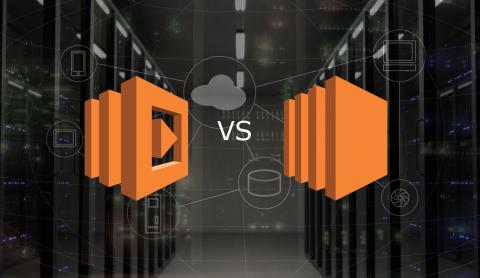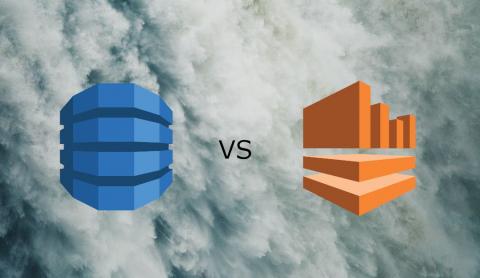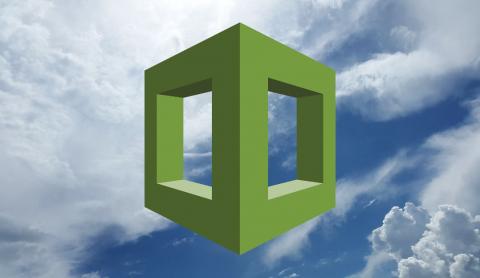Serverless API with ReactJS
The article, Serverless API with ReactJS, was first published on the Serverless Guru website. Let’s build a Serverless REST API for our ReactJS website! In my last article, Deploy ReactJS App with S3 Static Hosting, we discussed hosting a simple React app on AWS with S3. This works great for simple static pages but what if you want to do something more? How do you host your API on S3?





